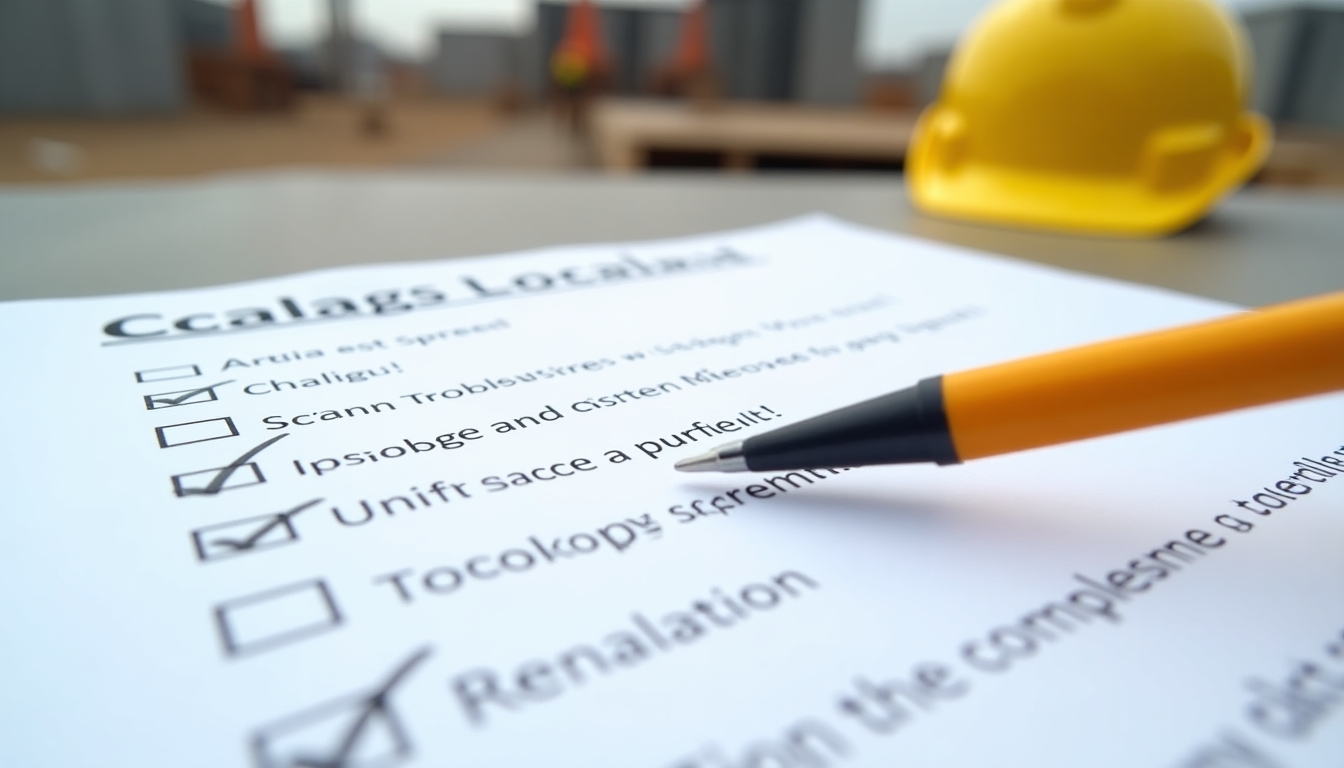A Detailed Guide to Construction Codes Compliance
Overview
Navigating construction codes and ensuring compliance are critical for a successful building project. This guide breaks down essential components and practical steps to streamline the process.
Understanding Construction Codes
Construction codes, also known as building codes, are a set of regulations that govern the design, construction, alteration, and repair of buildings. These regulations ensure the safety and health of the building's occupants, providing a standardized guide for architects, engineers, and construction workers.

The Importance of Compliance
Compliance with construction codes is not just about adhering to legal requirements—it's about ensuring safety, reliability, and efficiency in building. Non-compliance can lead to severe penalties, including fines or the need to reconstruct faulty work, leading to delays and financial loss.
Core Requirements for Construction Codes Compliance
Each region has its own set of construction codes, influenced by local laws. However, certain core elements are consistent:
-
Structural Integrity: Ensuring the building can withstand daily use and natural events like earthquakes or storms.
-
Footing Calculation: Critical for foundational stability, it involves calculating the load-bearing capacity to prevent settling or shifting.
-
Fire Safety: Implementation of fire-resistant materials and design elements that allow for safe evacuation.
-
Accessibility: Accessibility features for the physical and visually impaired are mandatory in most jurisdictions.
Practical Steps to Ensure Compliance
-
Research Local Codes: Start by understanding the specific codes that apply to your area. Local government websites often provide comprehensive lists and updates.
-
Consult Experts: Work with licensed architects and engineers. Their expertise can help navigate complicated legal requirements.
-
Secure Necessary Permits: Begin with the correct permits, which are critical before construction starts.
-
Regular Inspections: Schedule inspections during the construction phase to catch potential issues early.

Personal Insights
From my experience in the field, one of the biggest hurdles in compliance is keeping up with rapidly changing codes. It’s crucial to remain well-informed by continuously engaging with professional bodies and attending workshops. Adapting to these changes swiftly can set a project apart, ensuring safety and avoiding costly oversights. Moreover, employing technology such as Building Information Modeling (BIM) can simplify compliance by visualizing and simulating building performance.
Utilizing these technological and human resources effectively not only aids in meeting current requirements but also future-proofs buildings against upcoming regulatory changes.
Using Checklists and Tools
Keeping a detailed checklist of all compliance requirements for your project can be invaluable. Here's a basic example:
- [ ] Review zoning laws
- [ ] Conduct site analysis for environmental regulations
- [ ] Obtain structural engineer approval
- [ ] Schedule preliminary inspection
- [ ] Prepare safety plan for construction workers
Many software solutions available today can automate these checklists and track the progress of compliance tasks.

Wrapping Up
Ensuring compliance with construction codes is an ongoing process that involves planning, execution, and constant vigilance. By following the guidelines detailed in this guide, you can tackle even the most stringent of requirements with confidence, fostering successful and safe construction projects.





